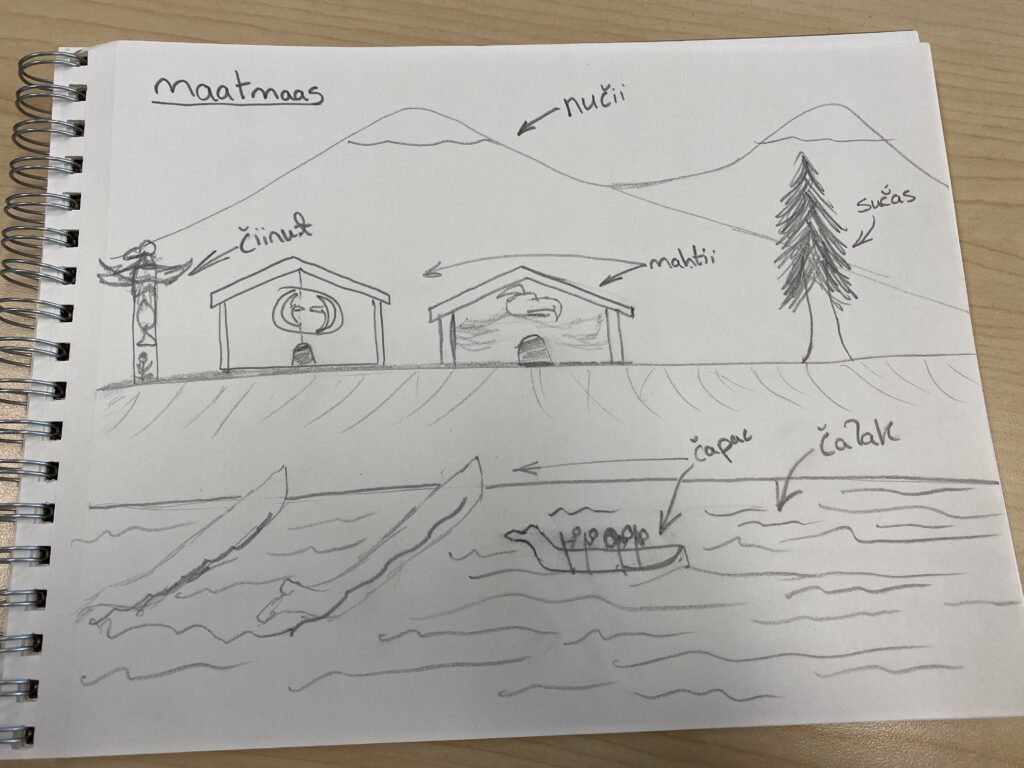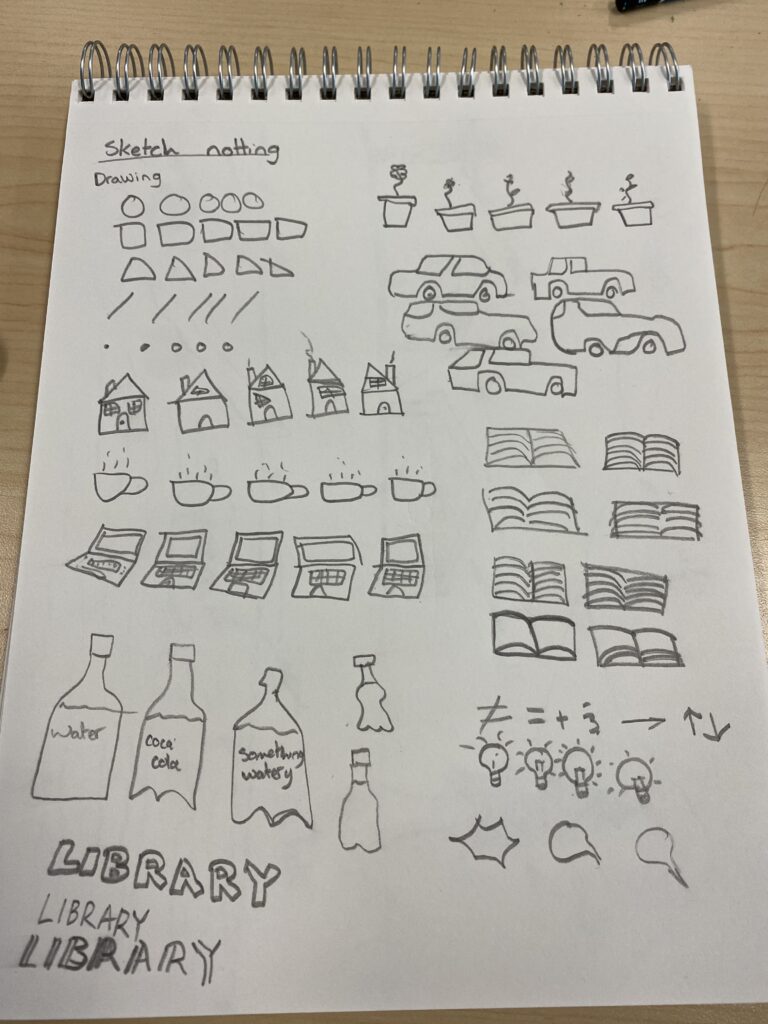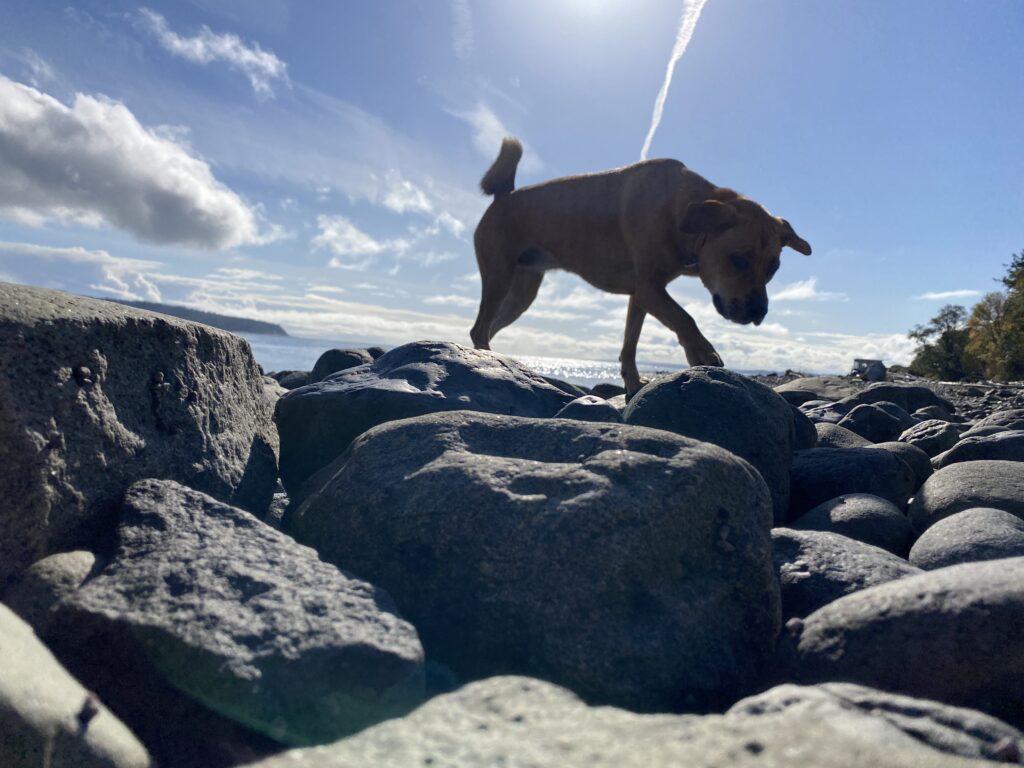From my own learning, I found educational learning games a great tool in my own learning. During my time in high school, the math teacher would do a games day during lunch once a week. The main focus was to get students to see mathematics within games, and to learn more about the connections within everyday life. Not only did this support students, but it also fostered a space of community and respect. With that said, there can be lots of different downsides to educational games, some students may take more time to understand games which will cause them to not want to play because they feel like they are bad. Another downside, maybe be the distraction of games/technology. Overall, education games can be a huge support depending on the class and student level.
Looking into google Google Earth Narrative Maps, there are a lot of different things to think about. I believe that this tool would be great for talking about where traditional villages and locations are. With the ability to put a picture as well as a short story is great when sharing elder knowledge. Within the class room, I think it would be great for students to do an inquiry project, such as, students work on a civilization, then use Google Earth to show where it was and different locations within it.



